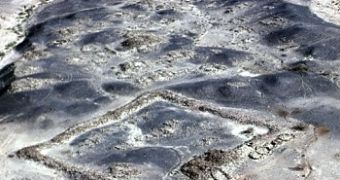The wise Solomon was Israel's 3rd king from 965 BC to 925 BC, the son of King David (from the story of David and Goliath), and the owner of an enormous harem and incommensurate wealth gathered by means of mining and trading. H. Rider Haggard's best-selling novel, “King Solomon's Mines,” fueled the imagination of hundreds of treasure hunters searching for the hidden wealth of gold and diamonds described to have been contained in the depths of the mining shafts.
During the 1970s and the 1980s, some digs in the region of the Jordan Valley known as Khirbat en-Nahas, (Arabic for “ruins of copper”) uncovered an ancient giant copper mine. The research performed at the time indicated that the metalworking activities took place on the site sometimes during the 7th century BC, ruling out the possibility of King Solomon's involvement in any way. Still, based on recent findings and technology, Dr. Thomas Levy from the University of California in San Diego, together with Mohammed Najjar from Jordan's Friends of Archeology, has managed to date the mine to the 10th century BC, in the time of Solomon's rule.
The site is comprised of about 100 buildings and a fortress amidst a 24-acre (0.0375 square miles, or 0.097 square kilometers) area, all covered in black slag and large enough to be spotted by satellite. The dating was also backed up by the discovery of an Egyptian scarab and amulet from the same period. “We have evidence that complex societies were indeed active in the 10th and 9th centuries BC, and that brings us back to the debate about the historicity of the Bible narratives related to this period,” Dr. Levy explains.
The finding will shed new light on the old topic of the Old Testament's historical validity and accuracy, since it provides some interesting data that coincides both with Bible writings and with historical records. “We can't believe everything ancient writings tell us. But this research represents a confluence between the archaeological and scientific data and the Bible,” states Levy.

 14 DAY TRIAL //
14 DAY TRIAL //